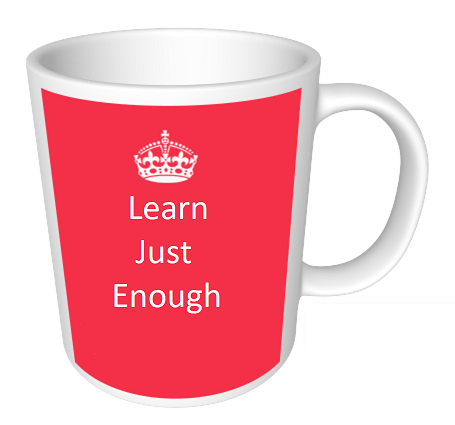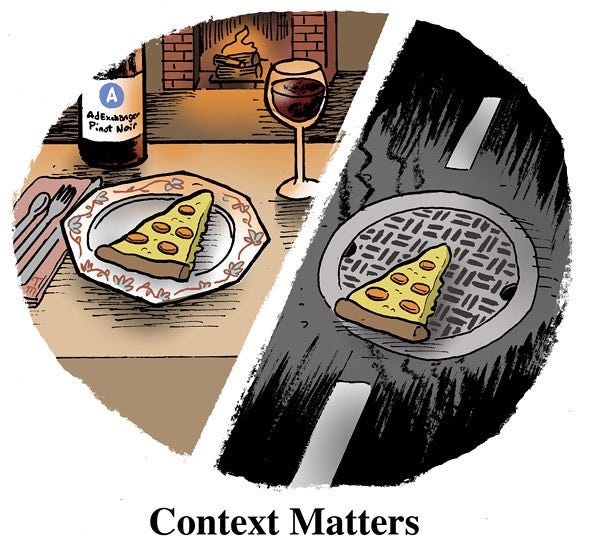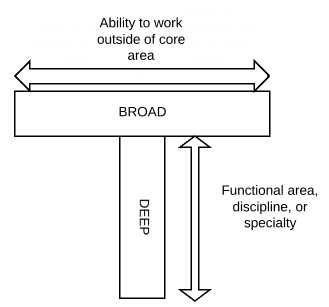5 Tips for DS/AI Beginners & Enthusiasts

While I believe that the more you struggle, the more you get to learn in the process, you can still learn from experienced professionals to avoid common roadblocks or challenges.
DS/AI starters and enthusiasts keep interacting with me and I try to help them. Apart from common questions by them, I give them tips on how they can become effective in their DS/AI journey, i.e. what to focus and what to avoid etc.
Here I am sharing 5 of those tips:
Master The Basics

Before you can work on any DS/AI problem, you need to master the basics. Understand the mathematics required for DS/AI, which is Linear Algebra, Multivariate Calculus, Statistics & Probability.
Then learn about frequently used algorithms like Logistic Regression, Naive Bayes, Decision Trees, Random Forest etc. Where to apply which algorithm and what are the advantages and limitations of using a particular algorithm.
Understand the overall process of working in DS/AI projects, from defining the problem to deploying the solution.
Improve your coding skills to execute & validate your hypothesis efficiently. Python & R are the two major languages preferred by data scientists.
Learn Just Enough

DS/AI is a vast field, one can not be an expert overnight. The biggest mistake newbies do is to get stuck into an endless learning loop.
You are learning DS/AI is to solve real-world problems, so learn just enough concepts to get started. Participate in hackathons/competitions, practice on public datasets.
You need not read each book or attend every course on the planet before feeling confident to start with DS/AI. Just follow one decent book or course to build your basics and start working on problems. Keep the material (books & courses) for reference in case you get stuck with your problem.
Handle Data Like a Pro

Data is the heart of DS/AI initiatives & projects. If you can’t handle data, you can’t make progress with your use case. Data handling can make or break any DS/AI project.
Build your skills in data handling, learn frequently used tips & tricks in SQL, Pandas (in Python) or data.table (in R) to handle & manipulate data efficiently.
Learn from Kaggle kernels, popular GitHub repos, how experts handle the data. Gather and clean public datasets on your own and refer these resources wherever get stuck.
Understand The Context

As a newbie data scientist, you may be tempted to get the highest accuracy you can on any DS/AI problem you are working. But the real world is quite different, it’s not about the accuracy every time, many times robustness is very important and most of the time, the business may need models to be more interpretable.
Every framework, every feature has its own use case. If a particular approach worked in your previous project, the same may not work in the current one. As we say, there is no silver bullet in DS/AI field.
Hence understanding the context of the problem or the use case is important.
Improve Communication

To understand the problem or use case, to get the overall context from business, to explain outcomes of your complex models requires excellent communication skills.
Presenting your approaches and findings to a non-technical audience, such as the marketing team or the CXOs, is a crucial part of being a data scientist.
You need to have the ability to interpret data, tell the stories contained therein, and in general, communicate, write and present well. Presentation, Storytelling, Data Visualization, Writing/Publishing, Business Insights, all are part of communication skills.
You may have to work hard to develop these skills — the same as you would with any technical skills. But with time and practice, you can get really good at it.
Bonus Tip: Develop T-shaped Skill-set

DS/AI is an interdisciplinary field, and you can get expertise in one area at a time. Still, I would suggest you develop T-shaped skill-set to collaborate better with experts in other related fields working with you in the project.
T-shaped skills describe specific attributes of desirable workers. The vertical bar of the T refers to expert knowledge and experience in a particular area, while the top of the T refers to an ability to collaborate with experts in other disciplines and a willingness to use the knowledge gained from this collaboration. A t-shaped person is someone with t-shaped skills.
Ankit Rathi is an AI architect, published author & well-known speaker. His interest lies primarily in building end-to-end AI applications/products following best practices of Data Engineering and Architecture.
Why don’t you connect with Ankit on YouTube, Twitter, LinkedIn or Instagram?
If you have any questions or comments, click the "Go To Discussion" button below!